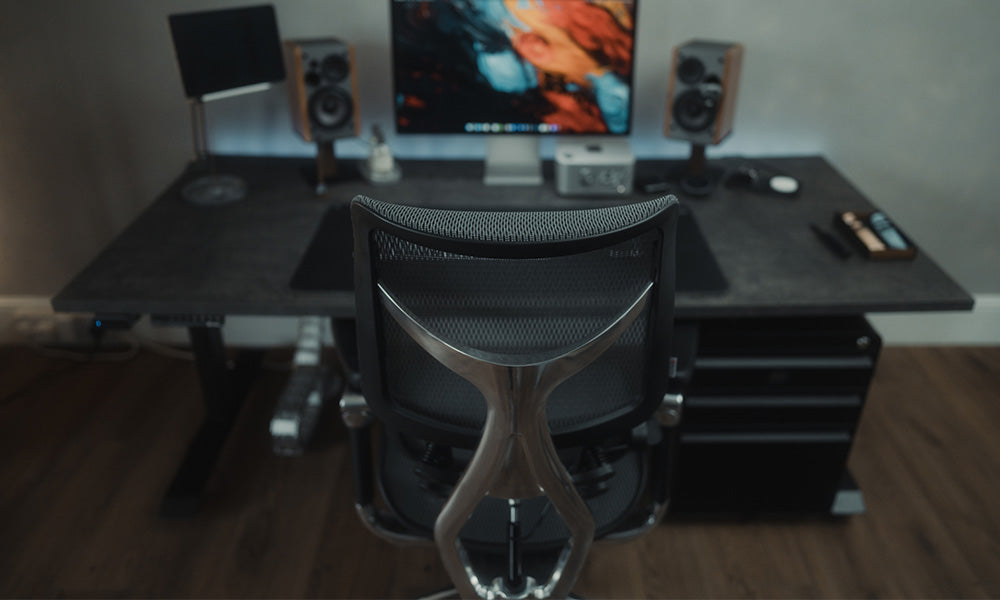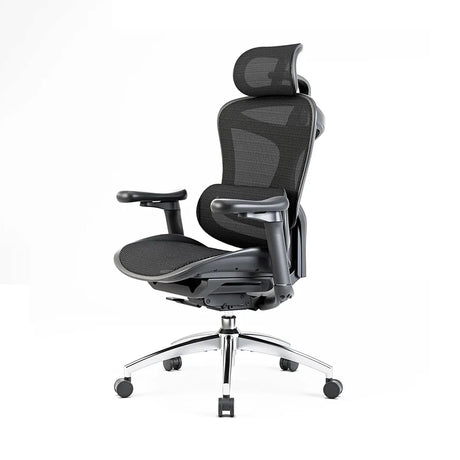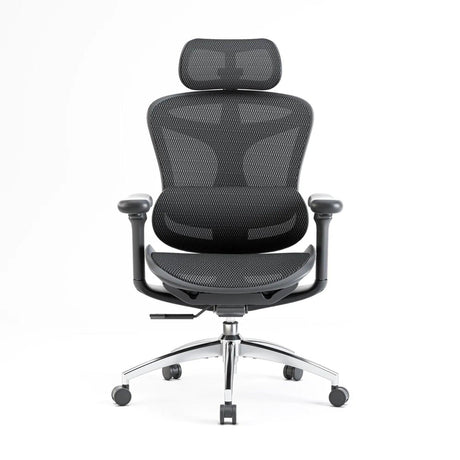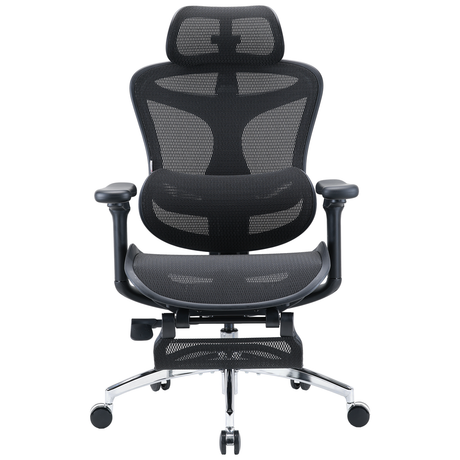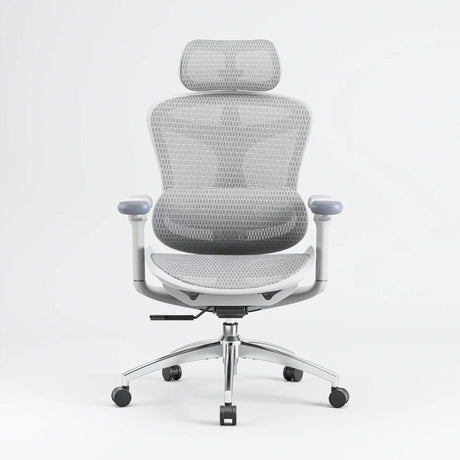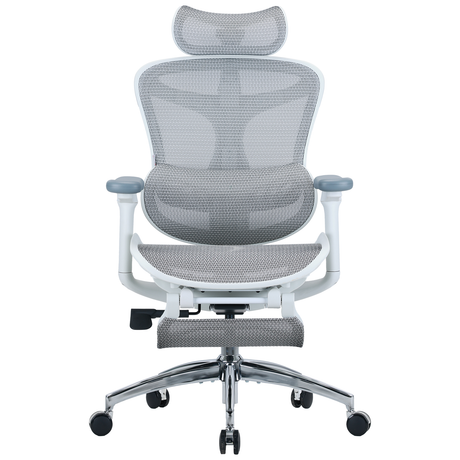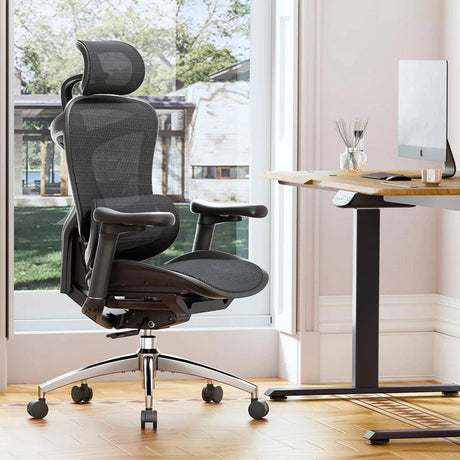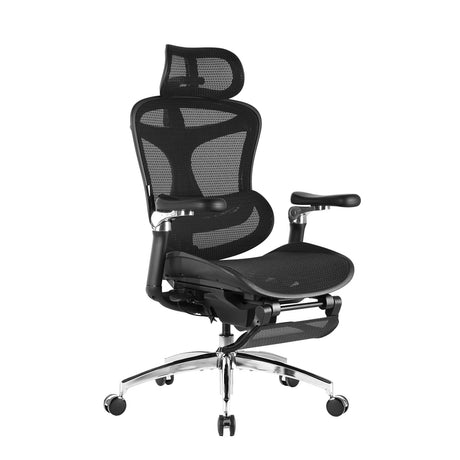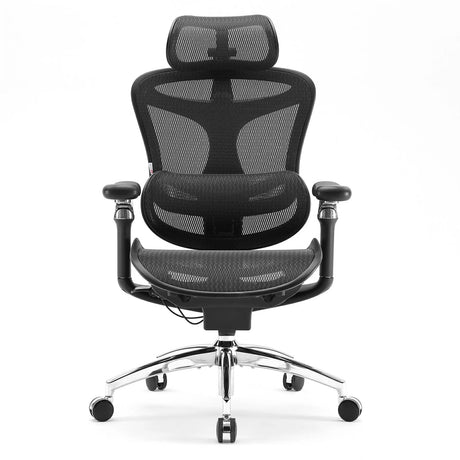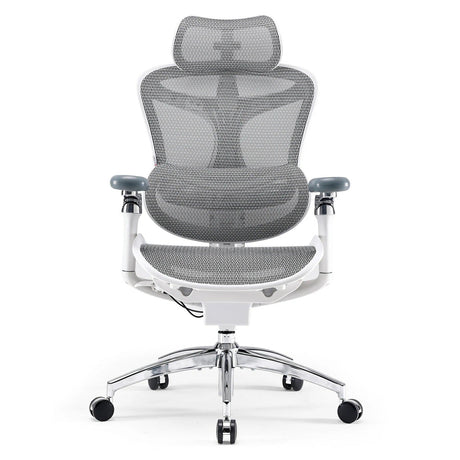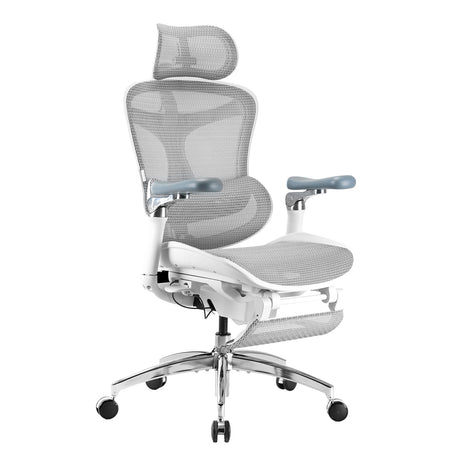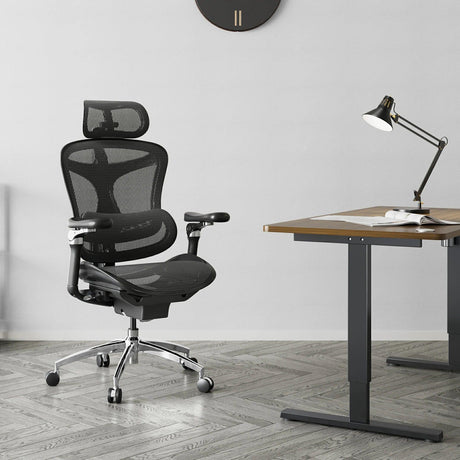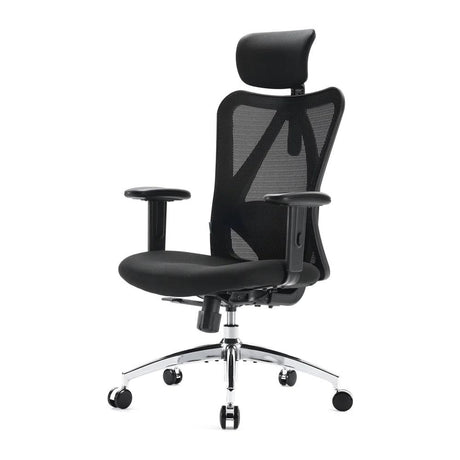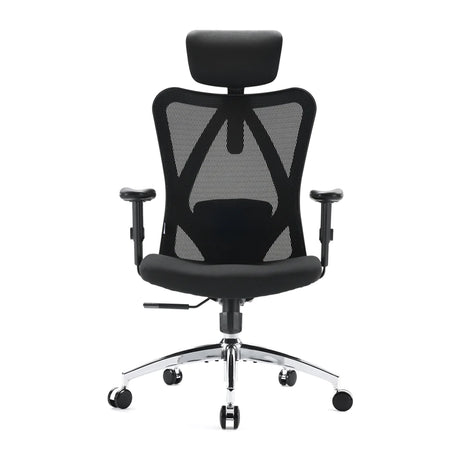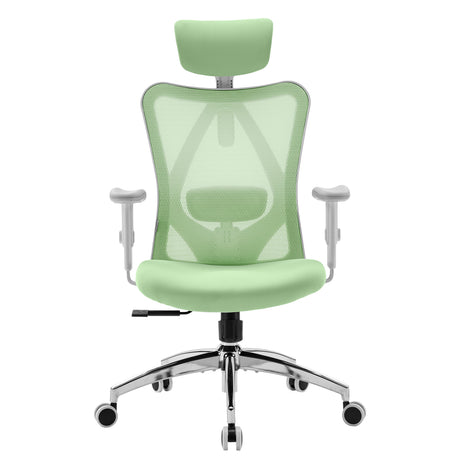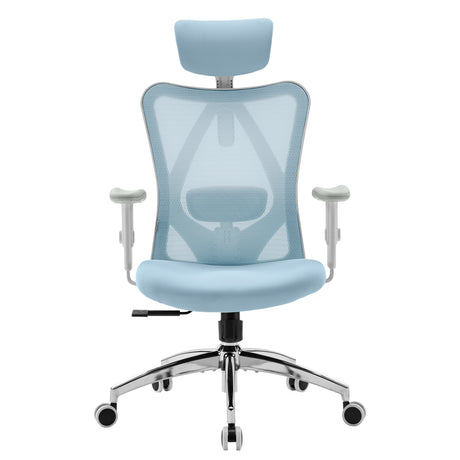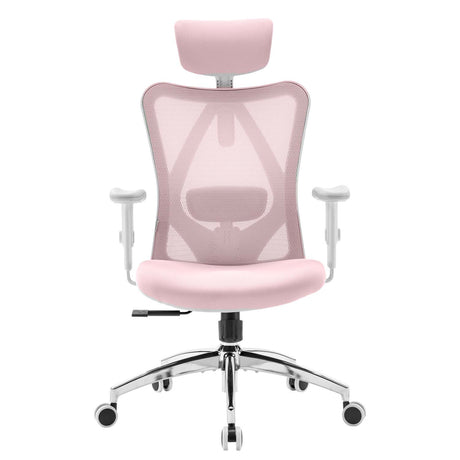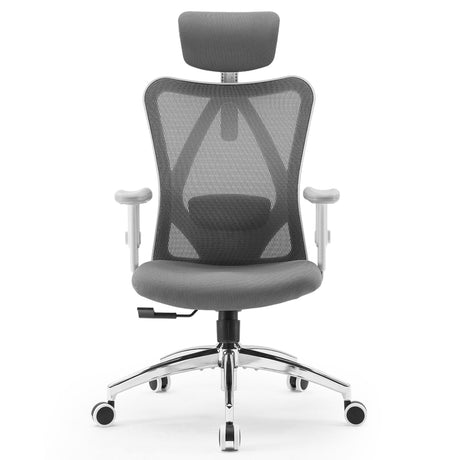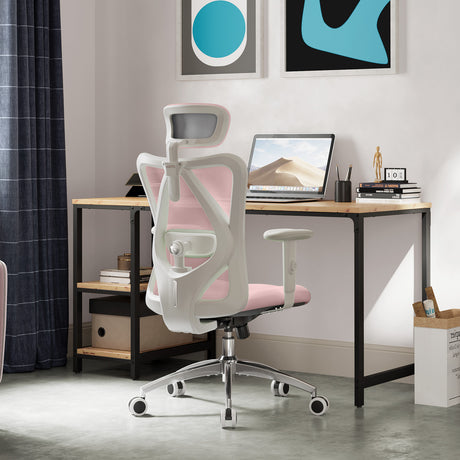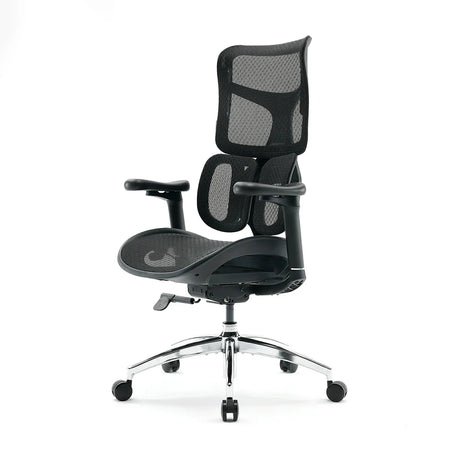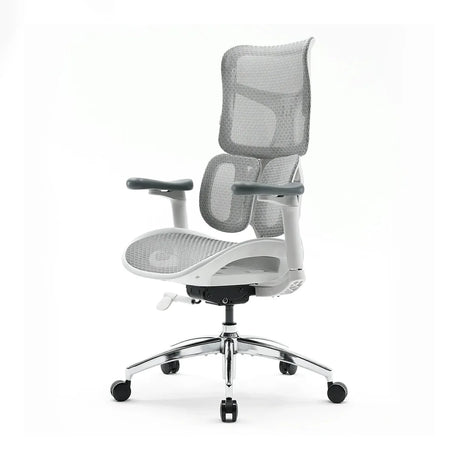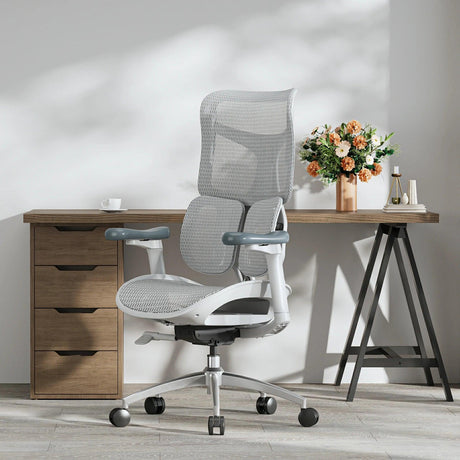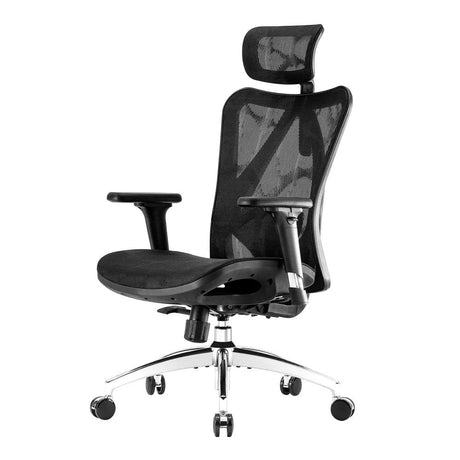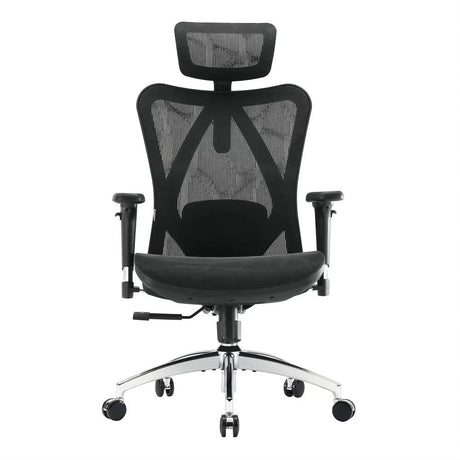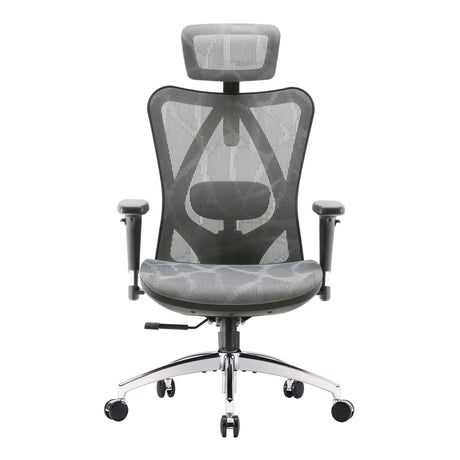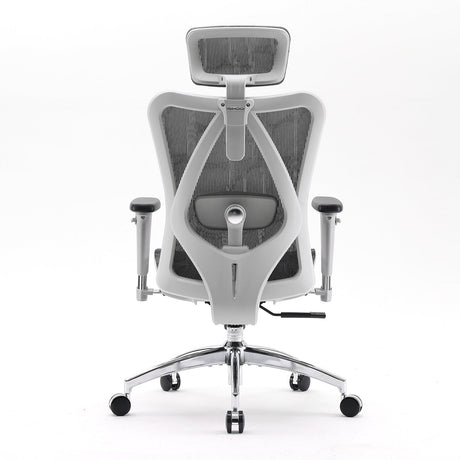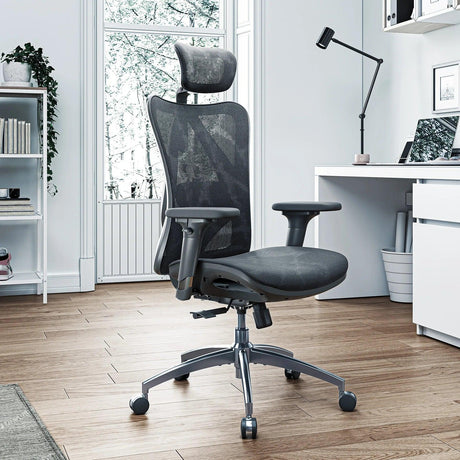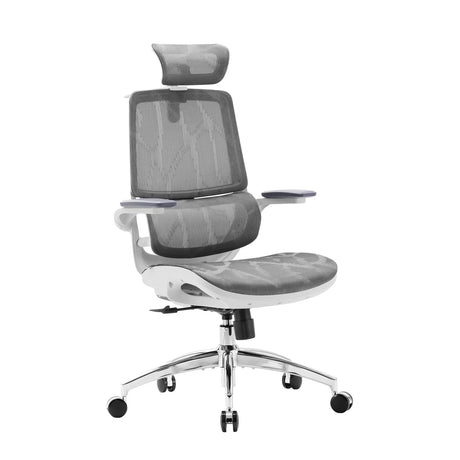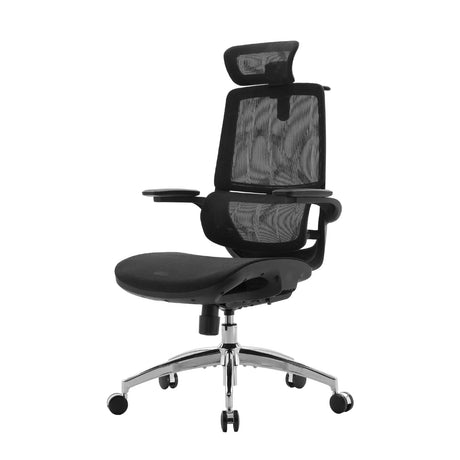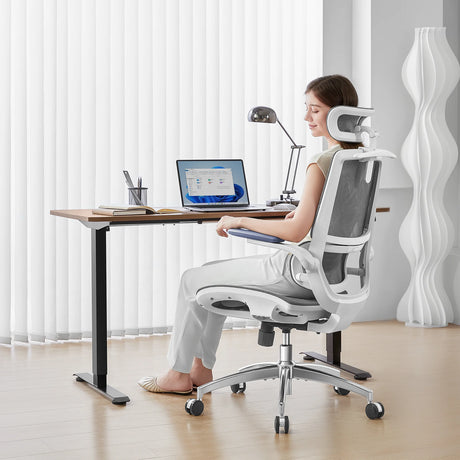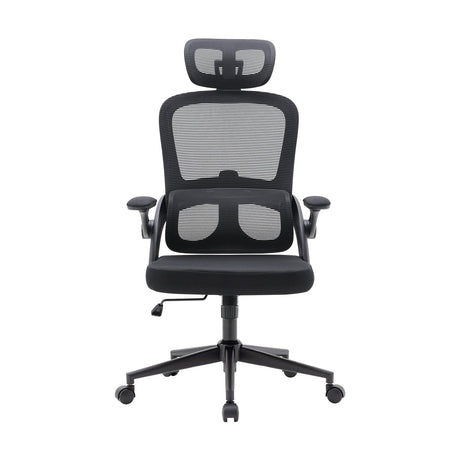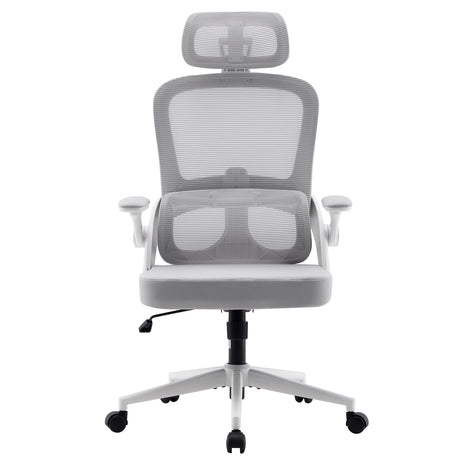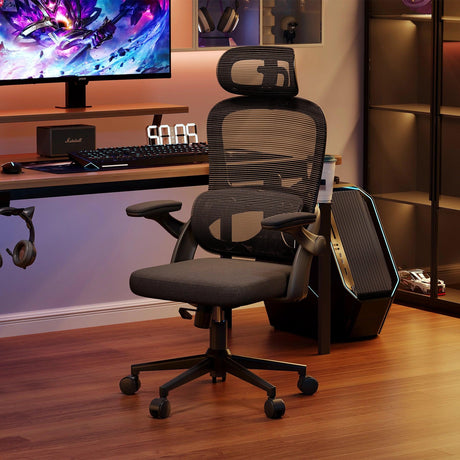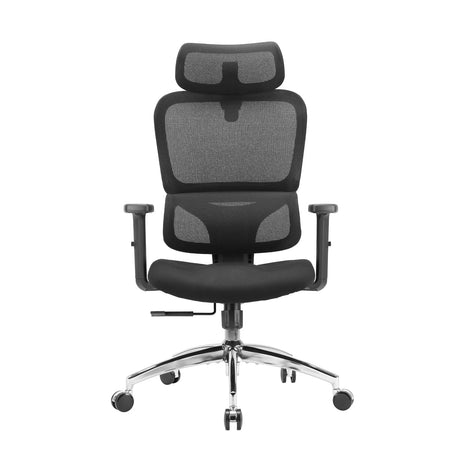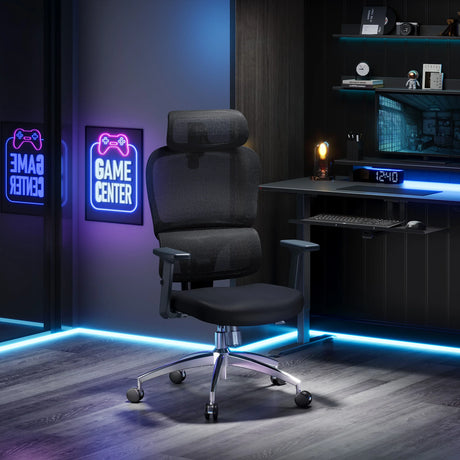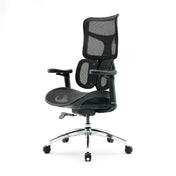An office chair that sinks can be a frustrating issue, especially if you're in the middle of a productive work session. But don’t worry! This problem is fairly common and can often be fixed without the need for replacing your entire chair. Whether you’re dealing with a chair that slowly lowers throughout the day or one that sinks when you sit down, there are several simple solutions to address this issue.
In this post, we’ll guide you through the reasons your office chair might be sinking and how to fix it yourself, helping you get back to work in comfort.
Why Does My Office Chair Sink?
Before jumping into the solutions, it’s important to understand why an office chair sinks in the first place. Most office chairs are designed with a pneumatic gas lift, which allows you to adjust the height of the seat. The gas lift is controlled by a piston that’s connected to a valve inside the chair. If the gas lift mechanism malfunctions or the valve leaks, the chair may begin to sink, usually when you apply weight to the seat.
Common causes of a sinking office chair include:
- Damaged gas lift: The most common culprit is a broken or faulty gas lift mechanism. Over time, this component can wear out or become damaged, causing the chair to lose its height when you sit down.
- Loose seat height adjustment lever: The lever that controls the chair's height may become loose or broken, making it difficult to maintain a stable height.
- Old chair or worn-out parts: If the chair is very old or has been heavily used, the gas lift or other components might simply be worn out and unable to hold the seat at the desired height.
How to Fix a Sinking Office Chair
1. Check the Gas Lift
The gas lift is the most likely reason for a sinking chair. If it’s faulty, you’ll need to replace it. Here's how to check and replace it:
- Remove the base: Flip the chair upside down to access the base. Use a screwdriver to remove the screws holding the base in place.
- Detach the gas lift: Once the base is removed, the gas lift should be visible. Carefully detach it from the seat and the base.
- Replace the gas lift: You can order a replacement gas lift online or visit a local office supply store. Be sure to choose a lift that matches your chair’s model.
- Reassemble the chair: Once the new gas lift is in place, reassemble the chair and test the height adjustment.
2. Use a PVC Pipe to Hold the Chair at Height
If you're looking for a temporary fix or want to avoid replacing the gas lift right away, a PVC pipe can be used to prevent the chair from sinking.
- Cut a PVC pipe: Measure the length of the gas lift and cut a piece of PVC pipe that fits snugly around the lift, acting as a sleeve to hold the chair in place.
- Place the pipe over the gas lift: Slide the PVC pipe over the gas lift, creating a barrier that prevents the chair from sinking.
- Test the chair: Sit down on the chair to check that it holds its position.
This is a good temporary solution, but keep in mind that it’s not a permanent fix. Over time, the gas lift will likely need to be replaced.
3. Tighten or Replace the Height Adjustment Lever
Sometimes, a sinking chair can be caused by a loose or damaged height adjustment lever. Here's how to check and fix this:
- Locate the lever: Find the height adjustment lever, usually located under the seat.
- Tighten the lever: Use a wrench or pliers to tighten any loose screws around the lever. This might fix the problem if the issue is simply that the lever isn’t engaging properly.
- Replace the lever: If the lever is broken or no longer works, consider replacing it with a new one. Replacement levers are usually easy to find online.
4. Check the Chair’s Base and Wheels
Sometimes, a sinking chair can also be caused by issues with the chair’s base or wheels, which may be uneven or damaged. Here's how to check and fix the base:
- Inspect the wheels: Make sure all the wheels are securely attached and functioning properly. Replace any damaged or worn-out wheels.
- Check the base for damage: Look for cracks or other signs of wear in the chair’s base. If the base is damaged, you may need to replace it.
5. Use a Chair Repair Kit
If you're not comfortable with replacing the gas lift or parts on your own, a chair repair kit might be a good option. These kits often include a replacement gas lift, seat height adjustment mechanisms, and tools to help you complete the repair.
When to Replace Your Office Chair
While many sinking chair issues can be fixed, sometimes it's better to replace the chair entirely. If your chair is old, has multiple problems, or is beyond repair, investing in a new one might be the best solution. Look for ergonomic office chairs, like the Sihoo Doro series, which offer adjustable settings, lumbar support, and other features that enhance comfort and productivity.
Conclusion
A sinking office chair is a common issue, but it's usually fixable with a bit of effort. Whether you need to replace the gas lift, tighten the adjustment lever, or make a temporary fix with a PVC pipe, these solutions should help get your chair back to its proper height.
If you're still struggling with a sinking chair after trying these fixes, it might be time to replace it with a more durable, ergonomic chair. Investing in a high-quality chair not only solves issues like sinking but also promotes better posture and comfort, making it a wise choice for your long-term well-being.
